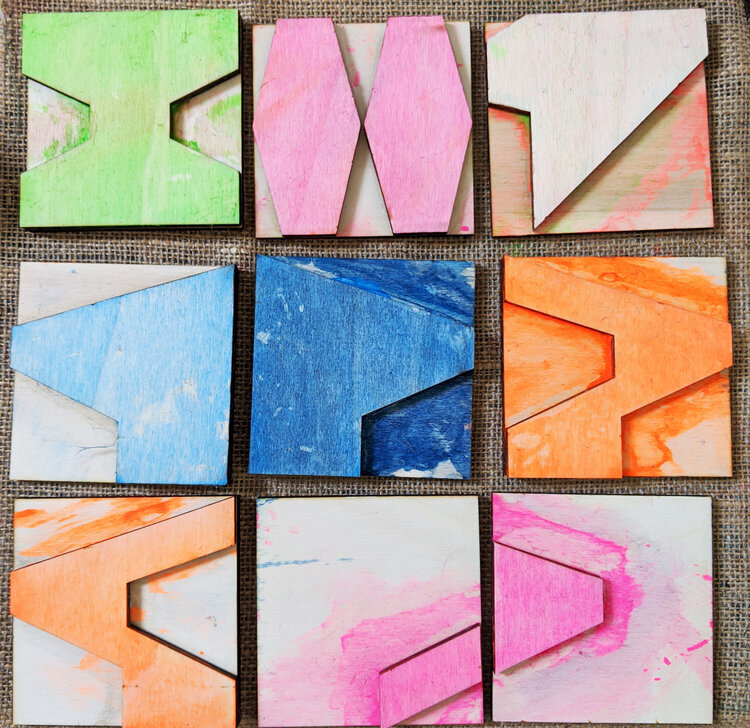ahead of our new collection launches, i want to revisit a core idea behind zitozza: the joy of modular design. it’s at the heart of how we create patterns — and why our textiles bring so much flexibility, structure, and character to modern interiors. we talked about this before, in our very first blog post - but we’ve come a looong way since then so it’s perhaps time to revisit these thoughts because i feel like it’s at the core of everything here, yet there is so little written about on these pages.
there’s something quietly satisfying about a system that lets you build from the ground up — pattern by pattern, block by block. at zitozza, modularity has always been at the heart of what we do. it’s more than a method; it’s a mindset.
the act of printing by hand using custom-made blocks invites a kind of architectural thinking. each motif becomes a unit — a brick, a tile, a module — capable of being repeated, rearranged, or rotated to form something larger. the process echoes the very structures that inspire our designs: functional, concrete, geometric. it’s a design language rooted in the modernist ideal that beauty comes not from decoration, but from clarity, rhythm, and purpose.
and yet, there’s so much play in it too.
modularity allows for variation — for reassembly, surprise, even subversion. every print starts with a simple shape, but it rarely ends there. colours collide, edges misalign, and new patterns emerge unexpectedly. it’s not about perfection, but about the whole picture, richness that comes from composition. the hand-printed surface becomes a space of improvisation. each textile becomes a landscape, or rather, a cityscape with buildings and structures.
our new tiles, the RAJZ set (to be released soon!) takes this even further. designed for modern interior spaces - we printed this on wallpaper for the first time ever! - and inspired by the abstract logic of architectural plans and schematic drawings, these blocks are designed for movement and multiplicity. they're not just shapes, but visual cues — arrows, intersections, corridors, walls. they suggest flow. they ask to be built with. as part of the MODERN set of course, these will go seamlessly with other blocks, allowing you to create even more patterns.
the upcoming TOYTOWN and AGGREGATE collections (also coming in may) are just our way of creating with our existing sets. they embrace this philosophy in different ways — one playfully, the other structurally — but both grounded in the joy of repetition and reconstruction. you’ll see echoes of grid systems and city plans, the raw tactility of concrete, the subtle logic of elevation lines. and you’ll also see softness, colour, and warmth. because modularity doesn’t mean rigidity — it means possibility.
i designed these two very different new collections for this summer, to emphasise the variety of moods, colour schemes, looks that you can create with the same handmade process, the same handmade texture, yet very different interiors can be achieved. i love this kind of versatility and if you want to create your own look with these systems, start here.
in an age of ready-made looks and fast consumption, there's something refreshing about design that invites creativity and such freedom of thought. modular design is never final. it welcomes revision, addition, and layering. it lets people participate in the pattern.
and that’s the joy of it.
if you want to be among the first to browse our collections when they’re released, sign up below to our newsletter. it comes with a free downloadable poster every month. stay tuned for our release!














